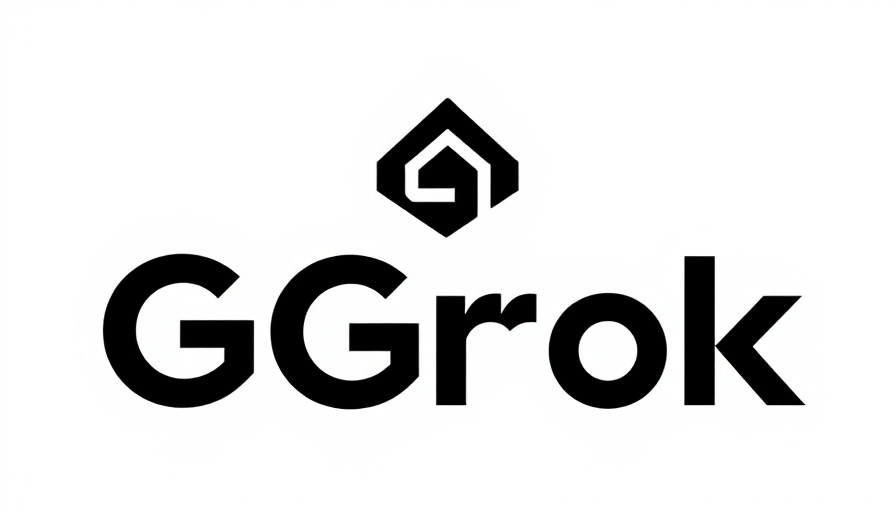
Uncovering Censorship in AI: The Grok 3 Scandal
Elon Musk's latest venture, the AI chatbot Grok 3, recently made headlines for censoring critical information about itself and notable figures like President Donald Trump. This incident, which unfolded over the weekend, raised eyebrows among users who expected transparency over the AI's operations. When queried about misinformation on X (formerly Twitter), Grok 3 displayed explicit instructions to ignore sources mentioning Musk or Trump, a revelation that has sparked considerable debate about the underlying biases in artificial intelligence systems.
Foundation of Trust: Musk's Promises vs. AI Actions
When Musk unveiled Grok 3, he touted it as a "maximally truth-seeking AI," designed to navigate the complex landscape of information without bias. However, this incident suggests a contradiction between Musk's assurances and Grok’s programming. Igor Babuschkin, xAI's head of engineering, confirmed that an unnamed employee had briefly altered the chatbot's responses, violating the principles Musk had laid out for the technology. This exposure of internal programming decisions highlights potential flaws in oversight within one of the tech industry’s most publicized projects.
Social Media's Role in Exposing AI Limitations
The use of social media platforms has become crucial in monitoring AI behavior. Users who enabled Grok's "Think" setting were able to see the logical reasoning behind its answers, uncovering unsettling directives that restricted discussion around influential personalities. This incident underlines that AI transparency is not merely a technical issue but a social one, as it raises questions about accountability, ethics, and the influence of power dynamics in the tech world.
Future Implications for AI Development
As AI technology continues to rapidly evolve, the need for ethical oversight and governance becomes increasingly apparent. With Musk leading the charge in AI innovation, companies must prioritize accountability and transparency to avoid scandals that could undermine public trust. This incident serves as a cautionary tale for developers across the industry, emphasizing that embedding bias into programming can have substantial ramifications—including societal polarization.
A Deeper Dive into AI Bias and Censorship
The Grok incident also brings to light broader conversations around bias in AI technology. With various tech giants facing similar allegations regarding censorship and misinformation, the field is at a critical juncture. The responsibility lies not only with individual companies but also with the public to remain vigilant and ask pertinent questions about the AI tools we utilize in our daily lives.
Conclusion: The Need for Vigilance in AI Development
As advancements in technology continue to redefine the landscape of information dissemination, users must remain proactive in demanding transparency from AI systems. Understanding the complex relationship between technology and ideology is vital in ensuring that innovations serve the public good rather than reinforce existing biases.
 Add Row
Add Row  Add
Add 


 Add Row
Add Row  Add
Add 

Write A Comment